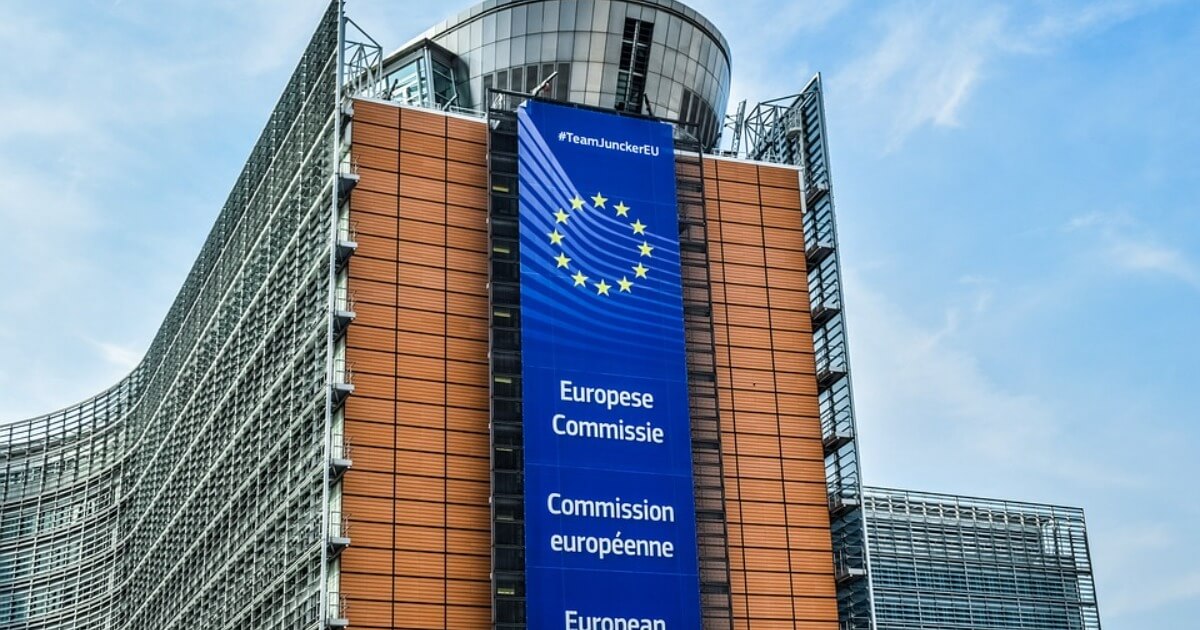How Hispanics Became U.S. Election Kingmakers
A Q&A on demographic shifts and voting trends among U.S. Hispanics
September 23, 2016
U.S. Hispanic voter preferences – and turnout numbers – are expected to play a decisive role in a number of key presidential battleground states this November. A generation ago, Hispanics likely could not have played that role. Here’s why:
Q: What share of the U.S. population is Hispanic?
With 55 million people, Hispanics — an ethnic group encompassing multiple racial and language lines – account for 17% of the overall U.S. population.
Hispanics have been the largest minority group in the United States since 2001.
By 2060, this share might rise to nearly 29%, then equaling 119 million people. A quarter century ago, in 1990, there were just 22 million U.S. Hispanics (equal to 9% of the overall population at the time).
Q: What share of U.S. Hispanics actually speak Spanish?
About three-quarters of U.S. Hispanics today speak Spanish at home. 61% either speak English equally with Spanish or speak “mainly” English. A majority of U.S.-born Hispanics speak mainly English.
Q: Where is the U.S. Hispanic population concentrated?
Eight U.S. states have Hispanic populations of one million or more. The two largest are California and Texas, which have 15 million and 10.4 million Hispanic residents, respectively.
Q: What is the distinction between “Hispanic” & “Latino”?
Both terms are ethnic identifiers, not racial identifiers, and can overlap with many races in the United States. But the term “Latino” refers to those who are of Latin American descent or origin.
Q: How many Latinos could potentially vote this year?
In theory, in 2016, 27.3 million Latinos will be eligible to vote in a presidential and congressional election. That would be equal to 11.3% of the eligible voting population in the United States.
Voter eligibility and voter turnout remain two different stories. During the 2012 presidential election, Hispanic turnout was just 48%. That is significantly below the 64.1% of eligible white voters and the 66.2% of eligible African-American voters who cast their ballots in 2012.
Q: Is U.S. voter turnout becoming more Hispanic?
Hispanics accounted for 8.4% of all voters in 2012, up from just 4.7% in 1996.
U.S. Hispanics’ voting power will expand further in upcoming elections, given that fully half of U.S.-born Hispanics (or about 16 million people) were under age 18 as of 2012.
About 800,000 U.S. citizen Hispanics are becoming old enough to vote each year.
Sources: The Globalist Research Center, U.S. Census Bureau, Fusion, Pew Research
Takeaways
With 55 million people, Hispanics account for 17% of the overall U.S. population.
Eight U.S. states have Hispanic populations of one million or more. The largest are California and Texas.
About 800,000 U.S. citizen Hispanics are becoming old enough to vote each year.
In 2016, 27.3 million Latinos (equal to 11.3% of total voting population) will be eligible to vote in a presidential election.
